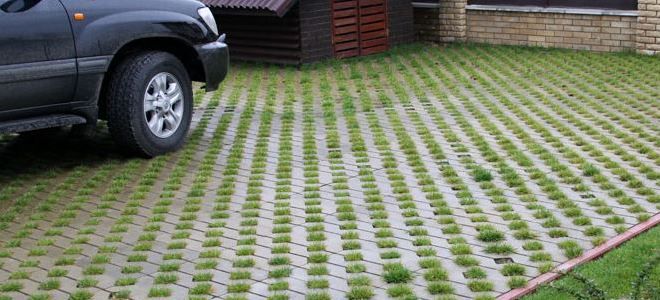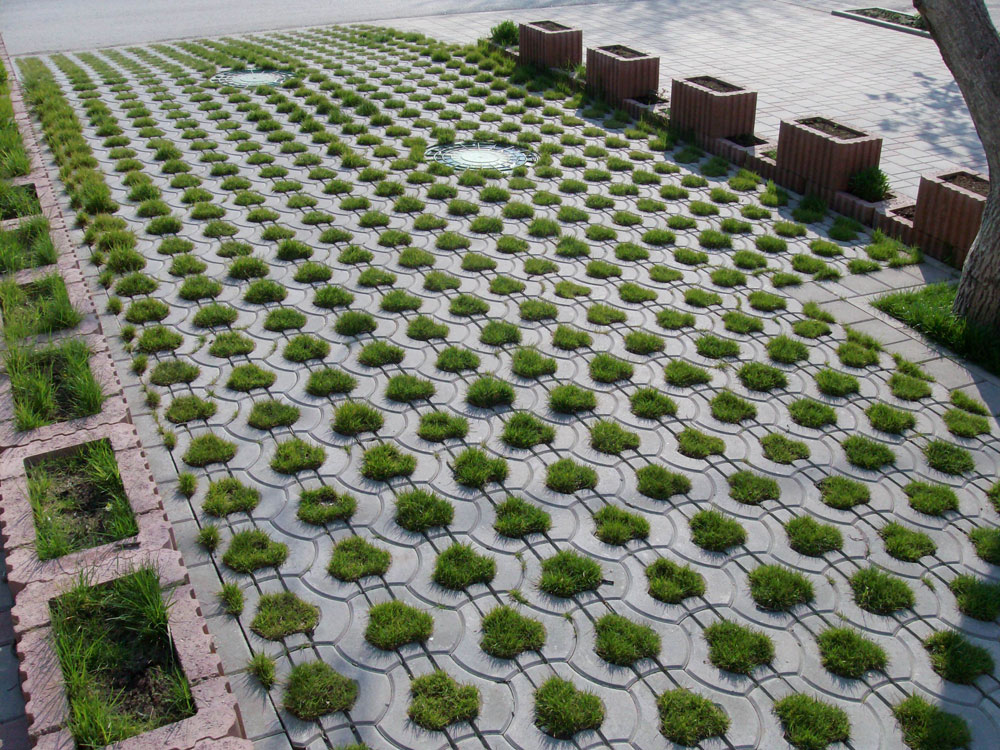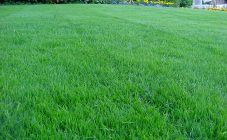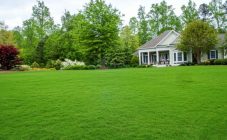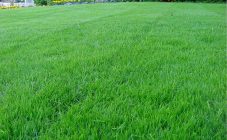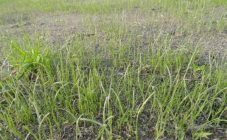Content:
Leaving a bustling city for the weekend, one wants to feel the signs of civilization in the country. Comfort depends not only on the comfortably furnished house, but also on the courtyard area. The garden paths, the area in front of the house and the parking space for the car will be landscaped with a concrete lawn lattice, which is an important element of landscape design.
Eco parking in the country
It's nice when the owners of the dacha care not only about the convenience of their guests, but also worry about the comfortable parking of their cars. Compacted soil and wild-growing grass are no longer an option, as is, in fact, boring concrete. Recently, the owners have been attracted by the eco-friendly lawn parking - it is practical and looks beautiful.
Externally, the parking lot looks like a symbiosis of paving slabs and a grass lawn. This visualization is created by a grating dug into the ground. There are several options for filling in its cells. For example, paving stones with grass look original.
The structure itself is lightweight, but it has strength and resistance to stress. This ensures the stability of the coverage of the parking space.
The combination of concrete pavement with lawn vegetation allows maintaining the ecological balance of the surrounding landscape, which is so important in the modern world.
Types of lawn grates
Structurally, there is nothing complicated in tiles with holes for grass - they are small modules fastened together with latches. With their help, you can create various coatings that can withstand heavy loads.
Lawn tiles are more than just a decorative element, they have many functions:
- allows you to align the site;
- strengthens the soil and protects plant roots from stress;
- eliminates stagnant water;
- retains the attractiveness of the lawn.
Lattice types
Decorative modules for landscaping are made of 2 types of material: concrete and plastic. Each of them has its own operating characteristics, this should be taken into account when choosing tiles.
Types of lawn grates
| View | Features: |
|---|---|
| Plastic | · The high-strength material is lightweight, so it is easy to transport and stacked by hand without any problems. The modules are made in various configurations and in several colors. Plates of various sizes are on sale; they are easy to adjust to the desired size by dividing them into parts; · Plastic is designed for 25 years of operation, but with frequent exposure to heavy loads, this period may be reduced. But the material is not affected by weather conditions or chemicals. |
| Concrete | These grilles appeared earlier than plastic ones, and are distinguished by their strength and durability. Since when laying such a grid, no preliminary preparation of the soil is required, the tiles can be used on the most difficult soils. This material is most suitable for areas with heavy lawn loads. |
| Meba Lattice | This is one of the options for concrete tiles, but more perfect in a decorative sense - it has a rich spectrum of color shades, sizes and shapes of cells. Thanks to vibrocompression, such concrete can easily withstand heavy loads |
How to lay
The technology of laying lawn gratings is so simple that even a person who does not have a hand for such work will be able to arrange a parking lot or a garden path. But the very first step is to calculate the required number of modules. To do this, use a simple mathematical action (S pad: S fragment).
Having chosen the desired variant of the lattice (taking into account the expected loads), they begin to act according to the following algorithm:
- having marked out the perimeter of the site, they begin to dig a pit (from 10 to 30 cm deep);
- if a constant load is planned, a gravel-sand "pillow" 5-20 cm thick is placed on the bottom;
- when laying plastic gratings, you will need another small layer of geotextile that protects against weeds, soil failures, flooding;
- the next layer is a leveling layer, consisting of sand (2-3 cm);
- now you can lay tiles, adjusting the size and shape.
When the entire site is completed, the cells are filled with soil most suitable for the formation of a lawn. Watering abundantly, waiting for the earth to settle, and sowing the area with grass, placing the seeds 2 cm below the edge of the trellis. If necessary, apply mineral fertilizers.
How to care
Paving slabs with grass do not require much maintenance. It is enough just to perform the following actions:
- periodically apply fertilizers (mineral water and organic matter);
- water regularly;
- timely mow.
As a result, the garden plot and the courtyard area will acquire a beautiful view - a well-kept lawn ennobles the surrounding landscape.
Benefits of concrete gratings
Grass perforated grates are a great alternative to traditional boring monolith tiles. Here you can see not only practicality, but also concern for the environment. And the design eco-parking is more attractive. But this is not all the advantages of the modules:
- they are strong and durable, so they are suitable for constant loads;
- they are used for laying on heavy soils;
- firmly endure the influence of weather - the concrete lattice is not afraid of rain, snow or ice;
- the material is resistant to severe frost and ultraviolet light;
- when laying vibropressed concrete, a drainage layer is not required - the grating itself performs this function;
- the roughness of the surface guarantees anti-slip properties.
Consumers are attracted not only by quality, practicality, but also by relatively low prices.
Disadvantages of lawn grating
Paving slabs with grass holes have drawbacks, but they rarely affect the choice:
- a concrete grate is heavier than plastic, but this minus is relative;
- the width of the walls prevents the roots from developing at full strength;
- modules show through the grass (but this drawback is not significant).
In terms of design, concrete lawn grates have somewhat limited options than plastic modules. But if you approach the arrangement of the parking with taste, choosing interesting color schemes (in Meba warrant), you can get an equally attractive result.
Grille selection tips
When looking at the lawn lattice, they take into account the material, its technical properties, the purpose of the purpose (garden path, parking lot, soil strengthening, etc.). Appearance also matters - plastic or concrete tiles for the lawn should organically fit into the country landscape, combined with its other elements.
For some, the criterion in choosing is the price:
- a budget option is a gray concrete lattice;
- Meba will cost a little more - in the manufacture of this tile, more modern technologies are used, and dyes are introduced into the composition;
- plastic has more design possibilities and is easier to fit, but the price is much more expensive.
If you want to get a beautiful design, reliability and durability at an optimal cost, then the best option would be Meba concrete lawn tiles. Her styling is within the power of even a non-professional.
